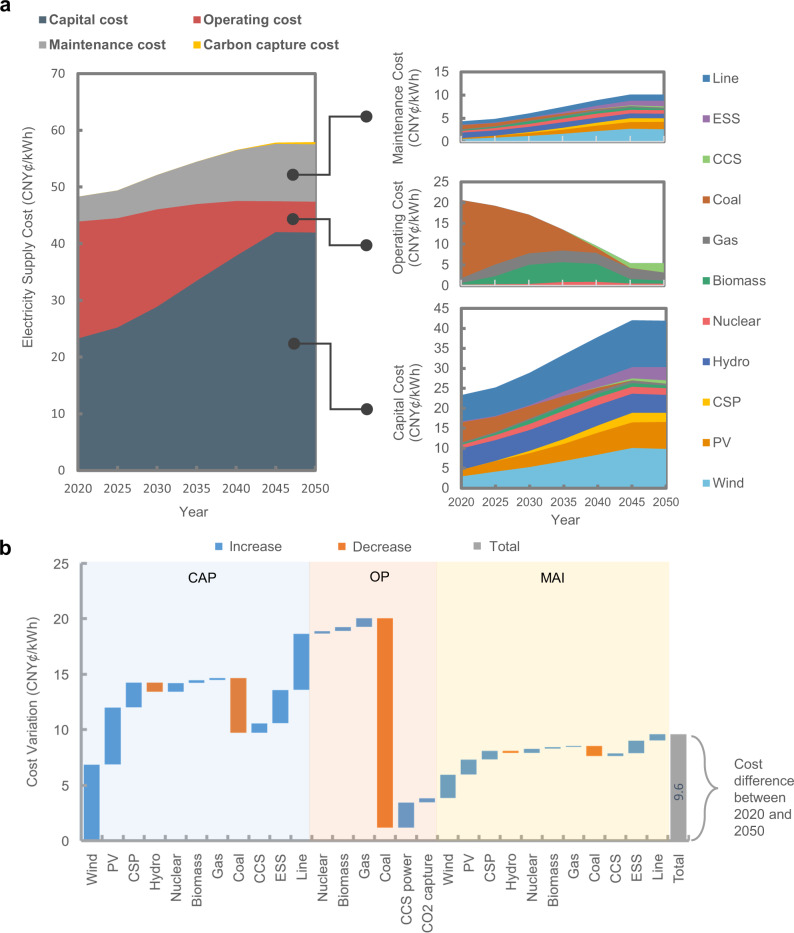Fig. 8. Composition variation of the electricity supply costs from 2020 to 2050 under the carbon neutrality goals.
a Electricity supply cost variation. The electricity supply cost consists of three parts: capital costs (CAP), operating costs (OP), and maintenance costs (MAI). Note that capital costs here are the one-time expenses incurred for the manufacture and construction of new electrical equipment, including for generation and transmission, which may also be named investment costs or overnight costs in the reference literature. The total capital costs are annualized over the plant lifetime to calculate the annual capital costs (see the detailed calculation method in Supplementary Note 3). Operating costs here indicate the variable costs including fuel costs and variable operations and maintenance (O & M) costs. Maintenance costs here indicate the fixed O & M costs, which are the costs incurred whether or not the power plant is generating electricity during operations and maintenance. The cost changes for different devices are broken down including wind units, photovoltaics (PV) units, concentrated solar power (CSP), hydro units, nuclear units, biomass units, gas units, coal units, carbon capture and storage (CCS) units, energy storage systems (ESSs) and transmission lines. b Contributions to the cost changes of different components in the power system. Each bar denotes the cost difference between 2020 and 2050 for the corresponding component. For example, the first bar denotes the contribution of the increase in the capital cost of wind power to the net change in the total electricity supply cost.

